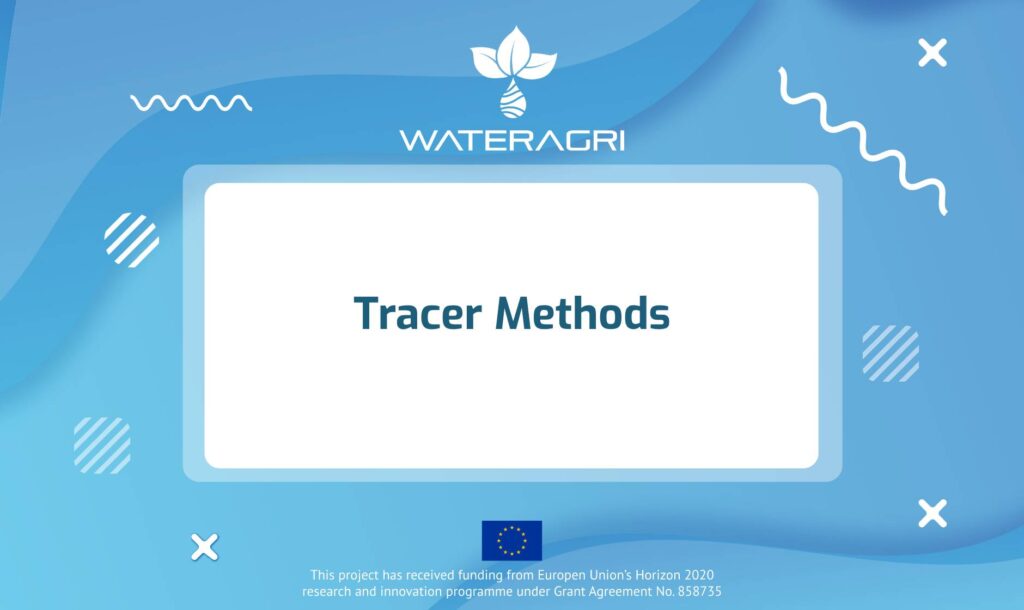WATERAGRI partner University of Natural Resources and Life Sciences, Vienna, developed a groundbreaking solution using tracer methods to unravel the secrets of water transport in soils. Tracer methods, harness the isotopic composition of precipitation water as an environmental tracer.
The isotopic signals (δ18O and δ2H) in precipitation water can be traced vertically in soil as new precipitation pushes water from previous events downward. Depending on soil type, climate, and sampling timing, the seasonal distribution of isotopes remains observable in vertical soil profiles. This tracking enables the quantification of water movement and determination of soil water flux, crucial for understanding potential groundwater recharge.
To employ this method, a soil core is extracted and divided into 5-10 cm subsections. These soil samples are stored in sealable, inflatable, and leak-tight bags. The isotopic composition of the water is then analyzed, and the water content is determined. By comparing the isotopic signal of soil water with precipitation water, researchers can identify winter or summer peaks, factoring in accumulated precipitation and isotopic composition.
The WATERAGRI project’s solution, utilizing tracer methods and isotopic composition analysis, provides a powerful tool for understanding water dynamics in soils. Developed by the University of Natural Resources and Life Sciences, Vienna, this innovative approach not only sheds light on water movement but also offers a practical method for quantifying water flux in fields with limited accessibility or data.
